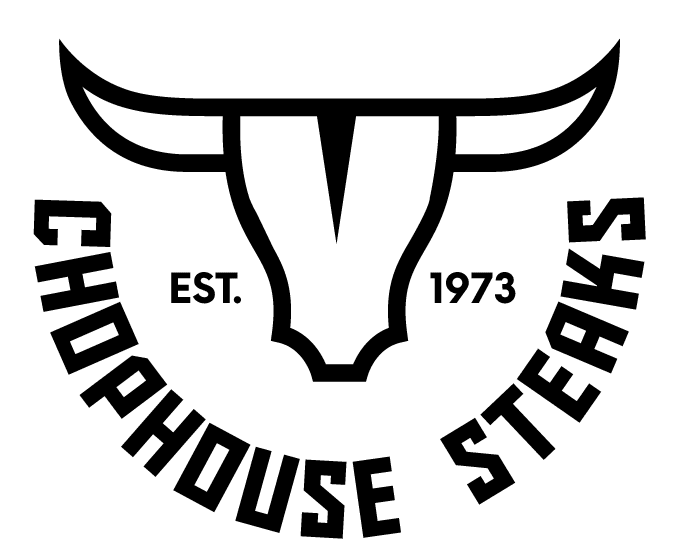Did you know? Here at Chophouse Steaks, we dry-age USDA prime beef in-house. The fact of the matter is that only the best quality beef can be successfully dry-aged. This is because the dry-aging process requires that the meat boasts a sizable amount of fat that has been distributed evenly throughout. As such, you will very rarely come across dry-aged steak and meat in a regular supermarket. Instead, you will need to visit a restaurant to savour its distinctive flavour, or buy dry-aged steak online via online butcher shops like ours!
So, how does dry-aging actually work, and what are the benefits? Let’s find out.
The Process of Dry-Aging Beef Explained
After being cleaned, dry-aged beef is usually hung or placed on a rack inside a temperature and humidity-controlled cabinet for the duration of the dry-aging process. The meat is then left to dry for a period of a few weeks. Some cuts, such as ribeye and striploin beef cuts, need to be placed in extremely cold conditions for the extent of the dry-aging process in order for it to be effective.
Why Dry-Aged Beef Is Better
The process of dry-aging beef changes the meat in two very distinct ways:
- Firstly, by removing all moisture, a much stronger flavour profile is created. This means that dry-aged beef is simply tastier than the other types of beef available on the market.
- Secondly, as time passes, various enzymes begin to break down the thick muscle fibres and connective tissue within the beef. This eventually results in a much more tender cut of meat.
The bottom line is that dry-aged steak and beef are inherently more delicious and more butter-soft than any meat lover could ever hope to tuck into!
Interested in learning more about dry-aged beef? Ready to buy dry-aged steak online? Then browse our website and place your order or contact our team today!

